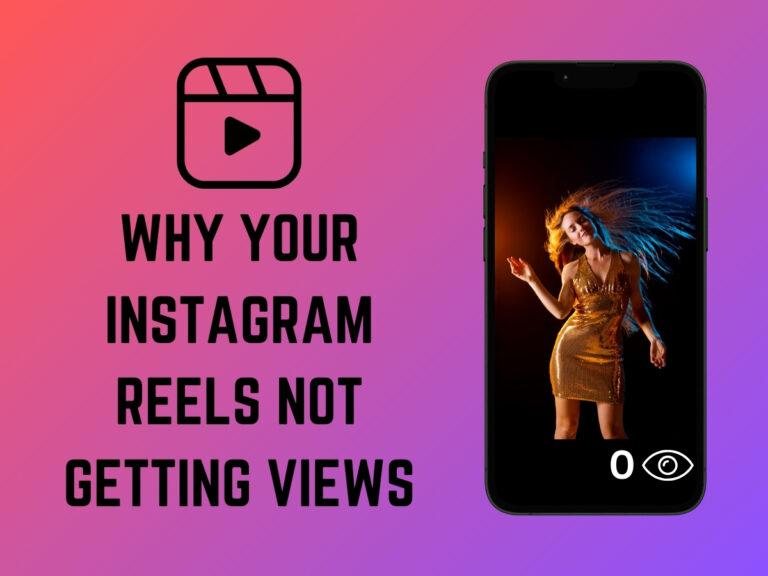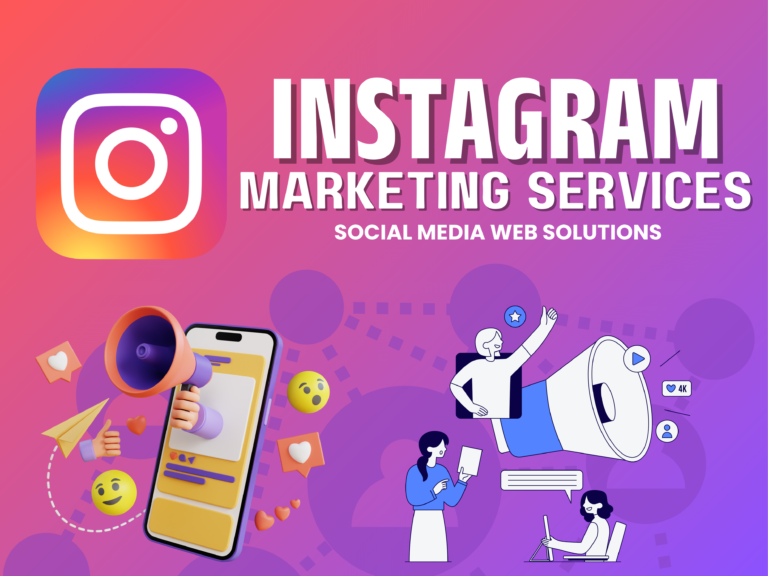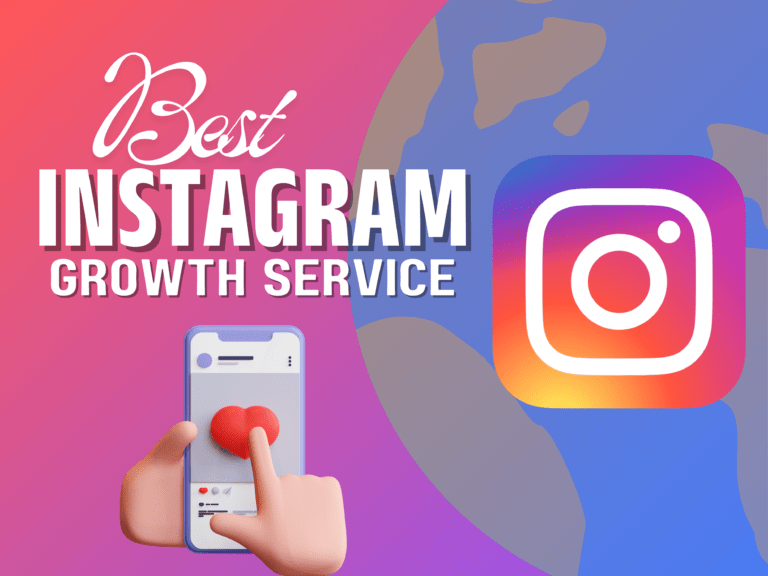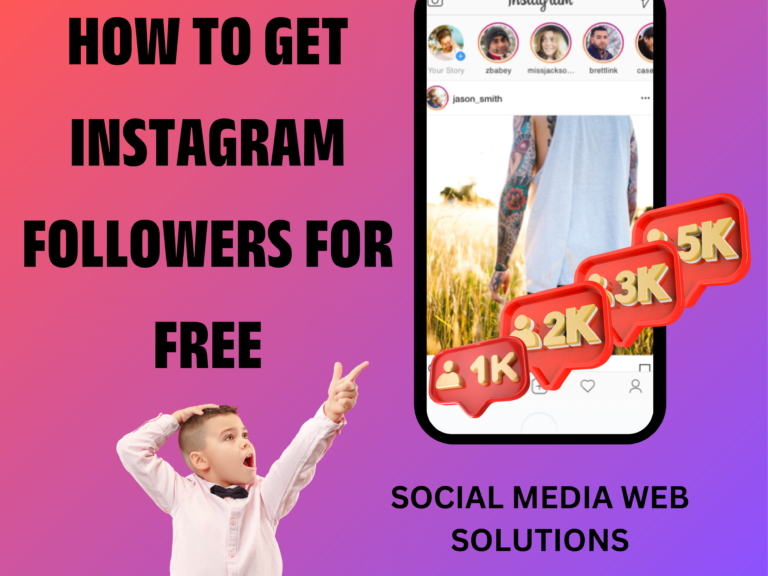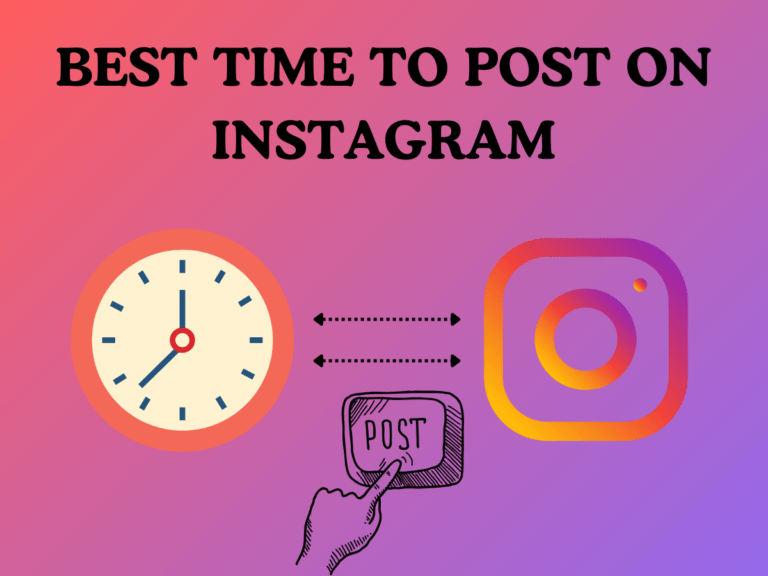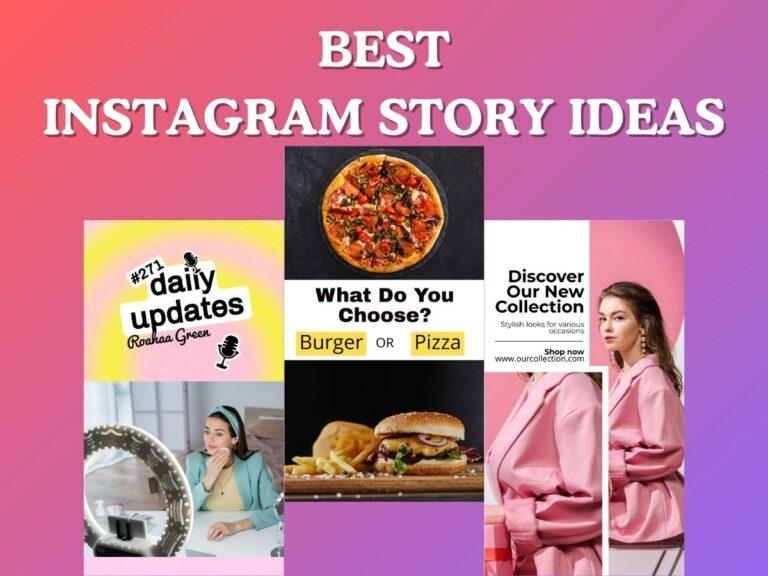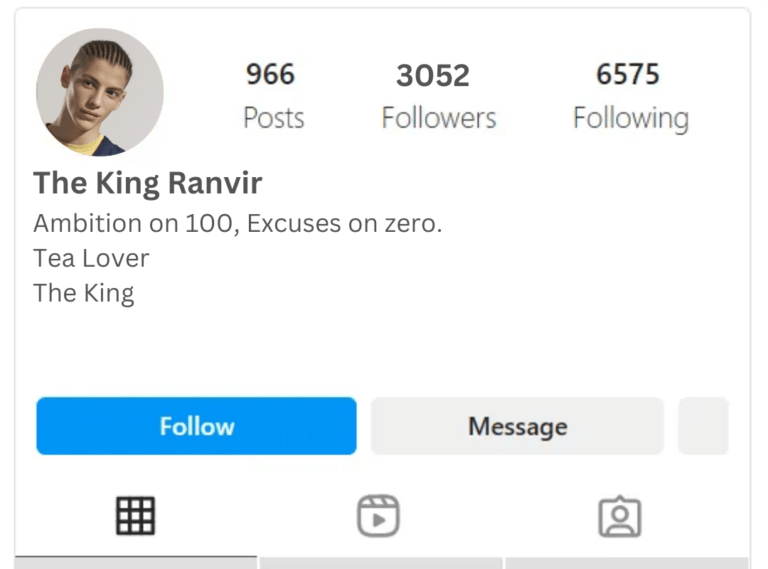Facebook for Marketing

In the realm of digital marketing, mastering the art of Facebook marketing is indispensable for businesses aiming to thrive in the online landscape. Here are some essential tips to elevate your Facebook marketing strategy.
Firstly, optimize your business page with compelling visuals and concise, relevant content to make a lasting impression. Its diverse user base and robust advertising platform allow businesses to precisely target their desired audience based on demographics, interests, and behaviors. The platform’s engagement features, such as likes, comments, and shares, foster interactive relationships between brands and consumers, creating a sense of community. go through our 7 tips to Use Facebook for Marketing
Facebook’s analytics tools provide valuable insights, enabling businesses to measure campaign performance, understand audience behavior, and refine strategies. Additionally, the platform offers various content formats, including images, videos, and live features, allowing businesses to showcase their offerings in dynamic and creative ways.
Overall, tips for Facebook Marketing extensive user base, targeted advertising capabilities, engagement features, and analytics make it an indispensable tool for businesses aiming to build brand awareness, connect with their audience, and drive meaningful results in the digital landscape.
Here are 7 Tips to Use Facebook for Marketing
1. Optimize Your Business Page
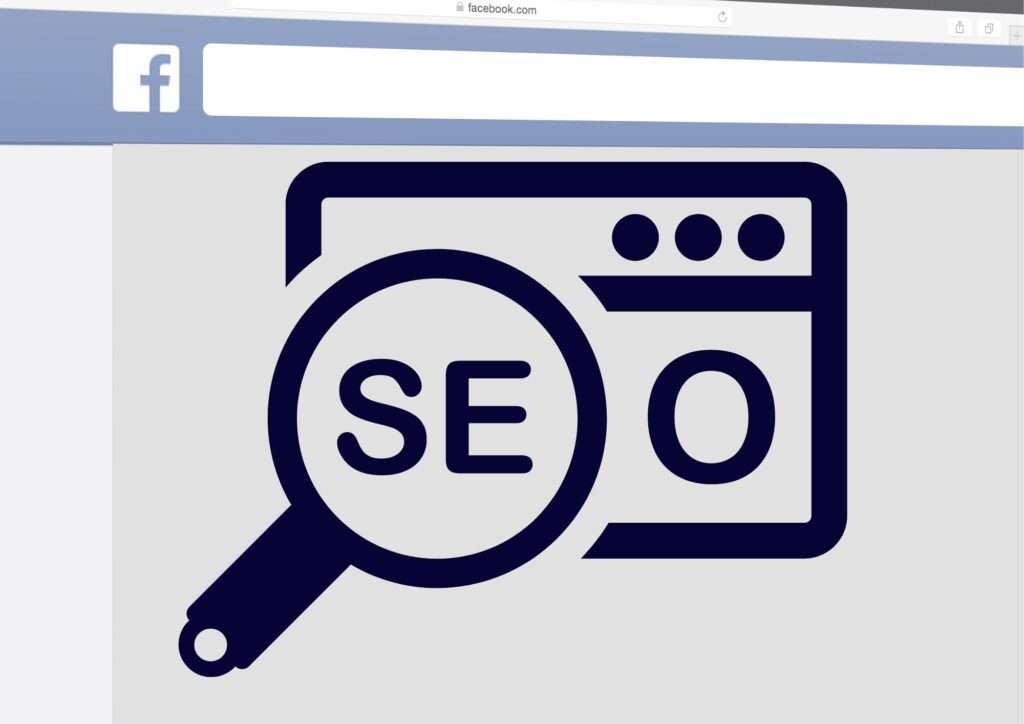
Create a professional and complete business page on Facebook. Ensure that your profile picture, cover photo, and business details are compelling and accurately represent your brand.
Craft a compelling and concise “About” section that highlights key information about your business, including your mission, products, and services. Provide accurate contact details and link to your website. Use relevant keywords in your page’s description and content to enhance searchability. Regularly update your page with fresh and diverse content, including images, videos, and posts that resonate with your audience. Enable and encourage customer reviews to build credibility.
Finally, take advantage of Facebook’s various features, such as call-to-action buttons, events, and pinned posts, to enhance engagement and guide visitors towards meaningful interactions with your business. Regularly review and update your page to reflect any changes in your business or offerings.
2. Define Your Target Audience
Utilize Facebook’s powerful targeting options to reach your specific audience. Define demographics, interests, and behaviors to ensure your content is seen by those most likely to engage with your brand.
To define your target audience, consider demographic factors such as age, gender, location, income level, education, and occupation. Additionally, analyze psychographic elements like interests, hobbies, values, attitudes, and lifestyle choices.
Understanding the needs, challenges, and preferences of your audience allows you to tailor your marketing messages, choose appropriate channels, and create content that resonates with them.
Regularly review and update your target audience definition based on market trends, customer feedback, and changes in your business goals. This focused approach enhances the efficiency and effectiveness of your marketing efforts, ensuring that your messages reach the right people at the right time.
3. Engaging Content Strategy
Develop a consistent and diverse content strategy. Share a mix of visuals, videos, and informative posts to keep your audience interested and encourage interaction.
Know Your Audience
Understand the demographics, interests, and behaviors of your target audience. Tailor your content to resonate with their preferences and needs.
Diverse Content Formats
Use a variety of content formats, including text, images, videos, infographics, and interactive elements. Different formats cater to diverse audience preferences and keep your content mix interesting.
Compelling Headlines and Captions
Craft attention-grabbing headlines and captions. These should be concise, compelling, and encourage users to click, read, or engage with your content.
Visual Appeal
Invest in high-quality visuals. Visually appealing images and videos are more likely to catch the eye and encourage users to stop scrolling and engage with your content.
4. Utilize Facebook Ads
Leverage Facebook’s advertising platform for targeted campaigns. Experiment with different ad formats, such as carousel ads, video ads, and boosted posts, to maximize your reach and achieve specific marketing objectives.
Define Clear Objectives
Clearly outline your advertising goals—whether it’s driving website traffic, increasing brand awareness, or generating leads. This clarity will guide your ad strategy.
Target Specific Audiences
Leverage Facebook’s robust targeting options to reach your ideal audience. Define demographics, interests, and behaviors to ensure your ads are seen by those most likely to engage.
Compelling Visuals and Copy
Craft visually appealing ad creatives with high-quality images or videos. Write concise and compelling ad copy that conveys your message effectively and encourages action.
5. Engage in Facebook Groups
Join relevant groups within your industry or niche. Participate in discussions, offer valuable insights, and subtly promote your brand where appropriate to build a community around your products or services.
Join Relevant Groups
Identify and join groups that align with your industry, niche, or target audience. Choose groups where your expertise or products/services can provide value.
Participate Actively
Engage in group discussions by sharing insights, answering questions, and providing valuable information. Be genuine and contribute meaningfully to establish your credibility.
Share Your Expertise
Position yourself as an expert by sharing your knowledge and expertise within the group. Offer tips, advice, and solutions to common challenges faced by group members.
6. Live Videos and Stories
Capitalize on the popularity of live videos and stories to connect with your audience in real-time. Use these features for product launches, behind-the-scenes glimpses, or Q&A sessions to create a sense of immediacy.
7. Customer Engagement and Feedback
Encourage customer engagement by responding promptly to comments and messages. Encourage reviews and testimonials to build trust, and use customer feedback to refine your products or services and enhance your marketing strategy.
Customer engagement and feedback play a crucial role in building strong relationships, improving products or services, and enhancing overall business success.
Here’s how to effectively manage customer engagement and feedback:
Active Listening
Actively listen to customer interactions on social media, review platforms, and direct communication channels. Pay attention to their needs, concerns, and suggestions.
Prompt Responses
Respond promptly to customer inquiries, comments, and messages. Timely responses demonstrate a commitment to customer satisfaction and build trust.
Encourage Feedback
Actively encourage customers to provide feedback through surveys, reviews, and comments. This feedback is invaluable for understanding customer experiences and identifying areas for improvement.
Create a Positive Experience
Strive to create a positive and seamless customer experience at every touchpoint. A positive experience encourages customer loyalty and positive word-of-mouth.

